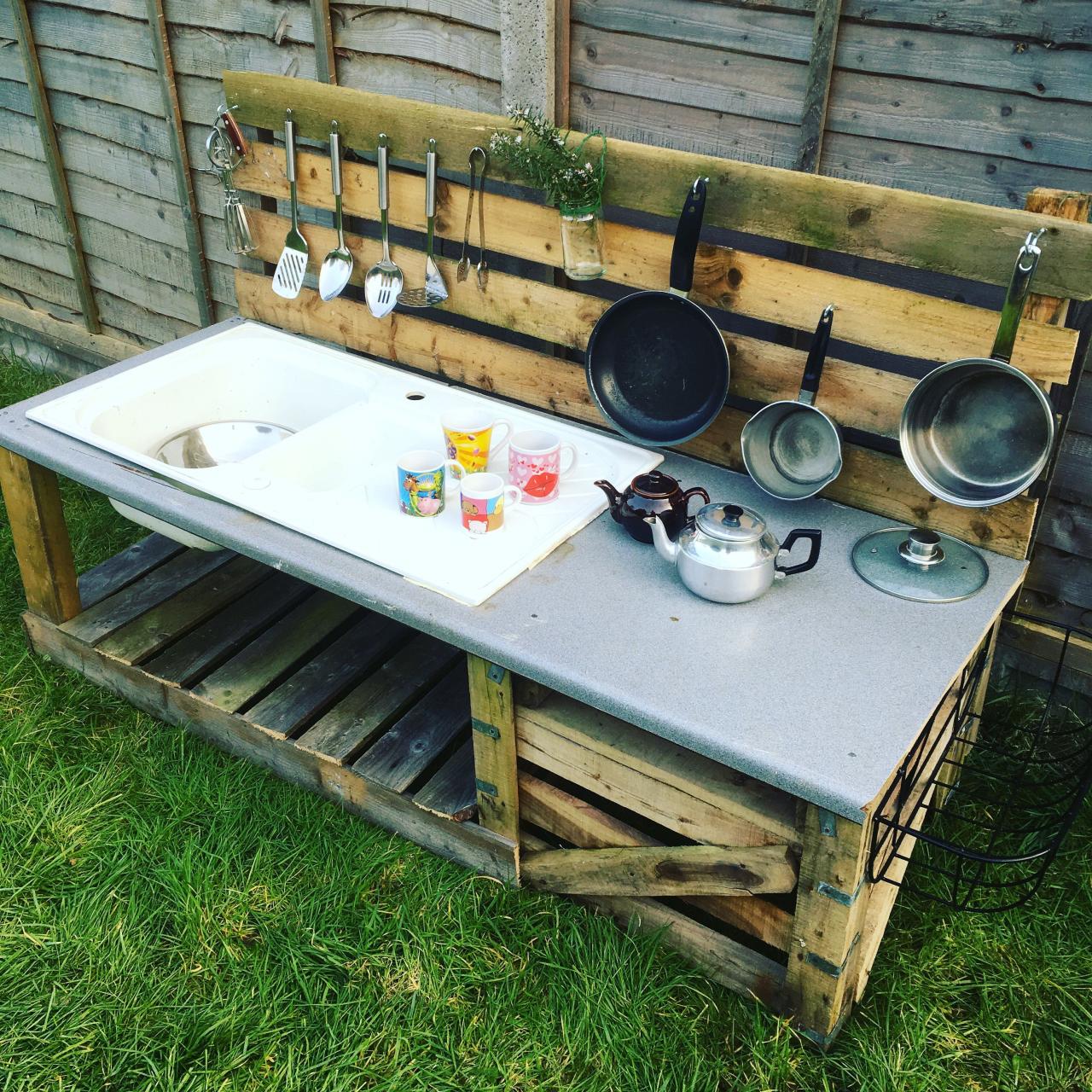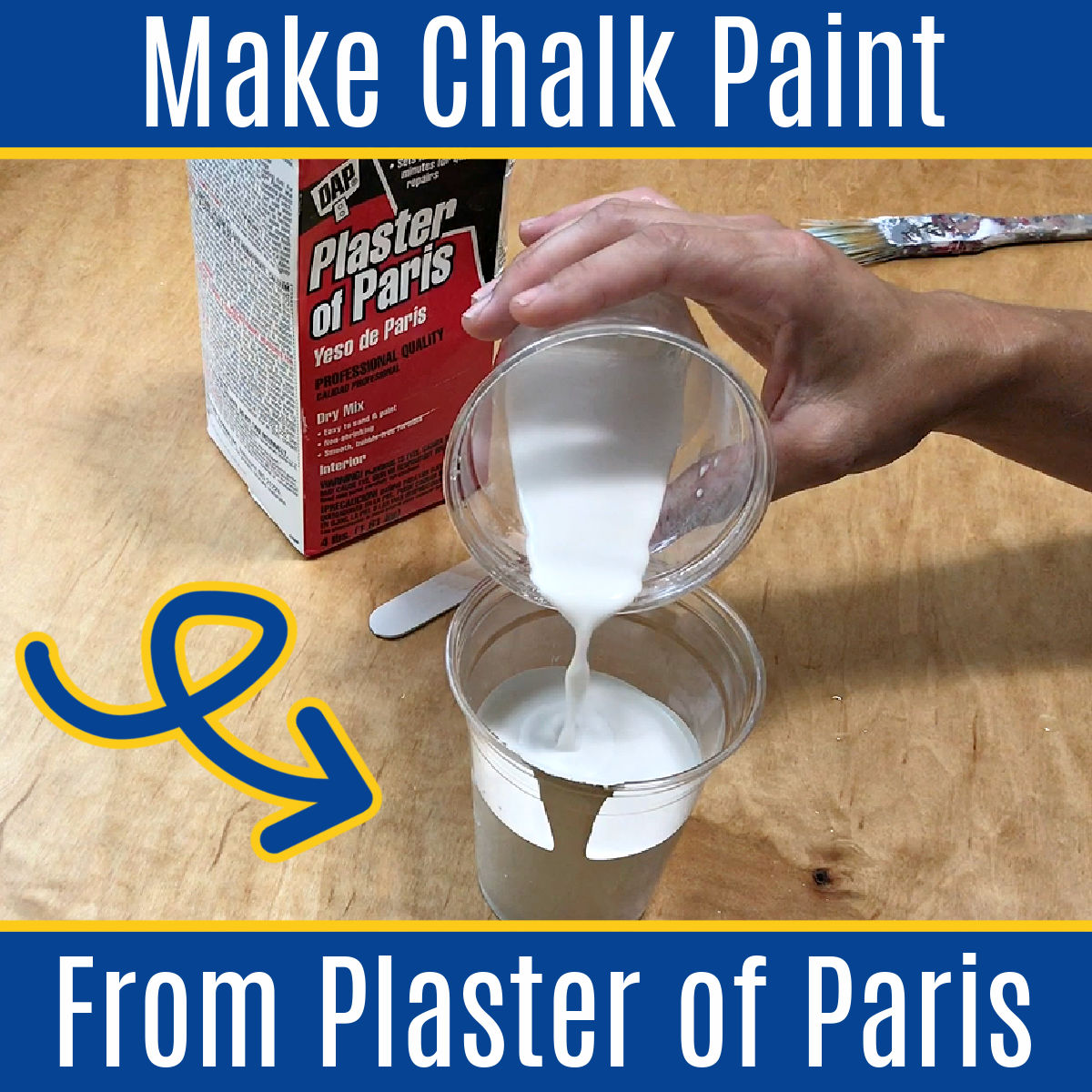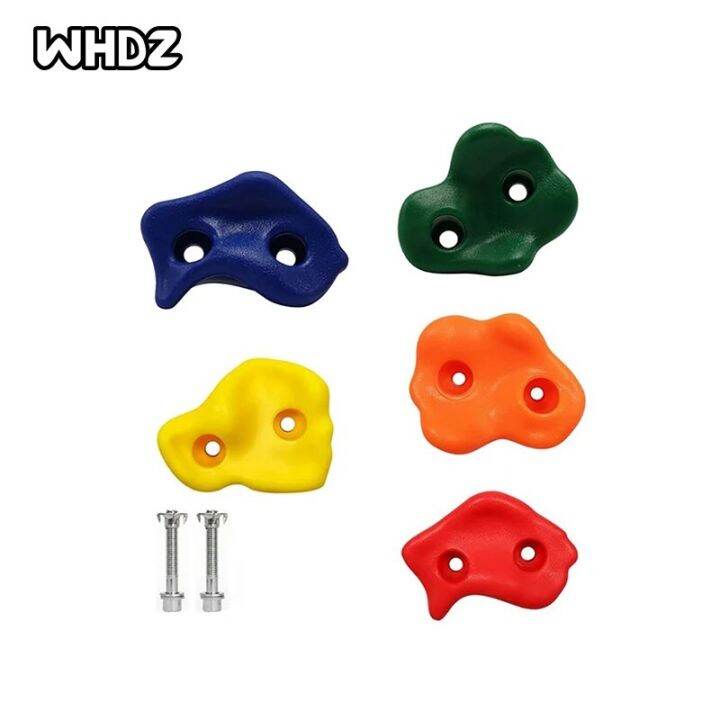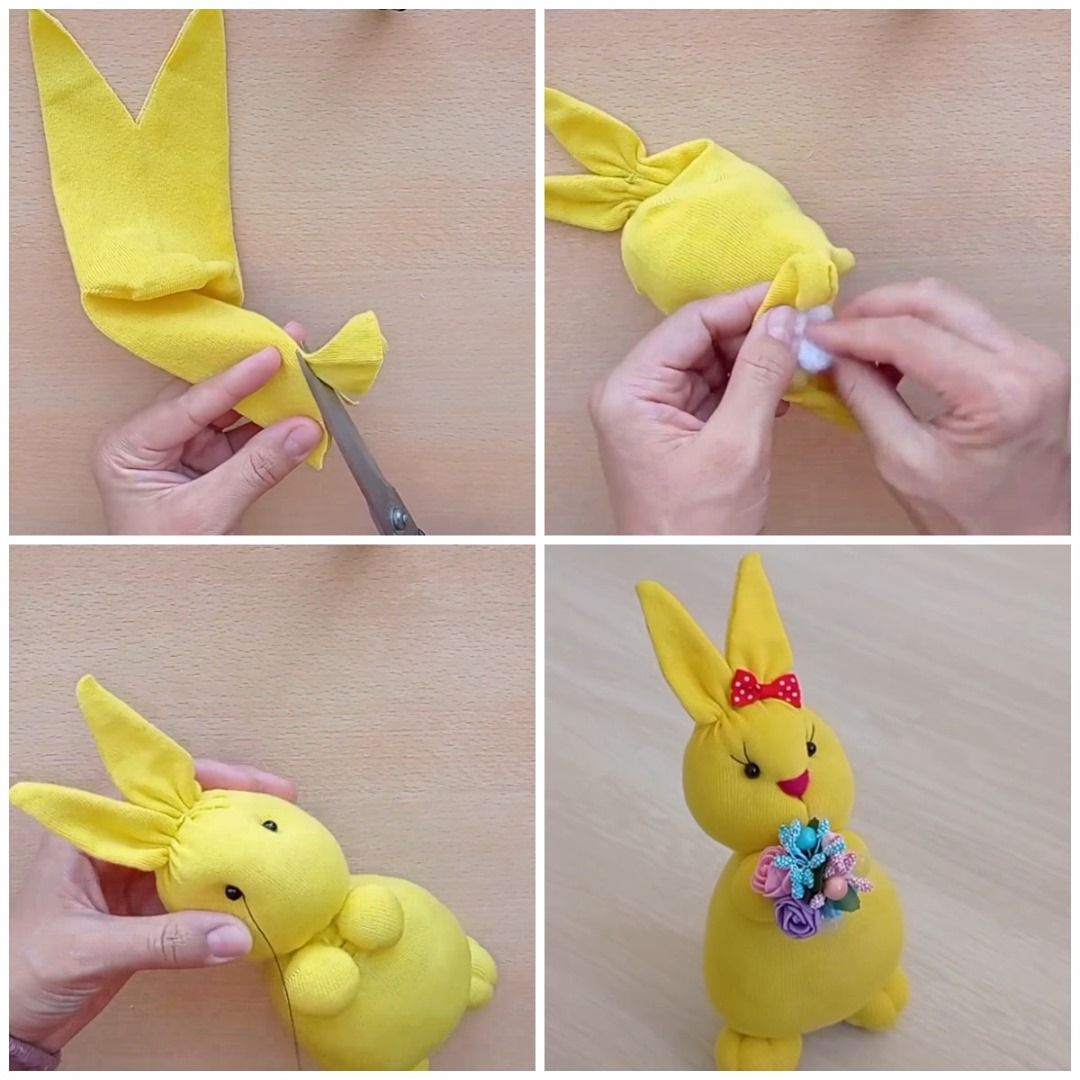DIY mud kitchens are more than just playthings; they’re miniature worlds where children can unleash their creativity and explore their imagination. Building a DIY mud kitchen allows you to create a personalized space for your child’s outdoor adventures, encouraging imaginative play and fostering their development.
From simple designs to elaborate structures, the possibilities are endless. You can use a variety of materials, like recycled wood, pallets, or even old furniture, to craft a unique mud kitchen that fits your child’s interests and your backyard’s style. This guide will walk you through the process of planning, constructing, and decorating your own DIY mud kitchen, ensuring a fun and rewarding experience for both you and your child.
Planning and Design
Planning and designing a mud kitchen is an exciting step in creating a fun and engaging play space for children. Consideration of the children’s age, interests, and the available space are crucial factors in the design process.
Design Ideas
Mud kitchens can be designed in various sizes, shapes, and with different features.
- Size: Mud kitchens can range from small, portable units suitable for toddlers to larger, more elaborate structures for older children. Smaller mud kitchens can be built on a table or a small platform, while larger ones can be freestanding and incorporate features like a sink, stovetop, and oven.
- Shape: Mud kitchens can be designed in various shapes, such as rectangular, square, or even circular. The shape of the mud kitchen can be adapted to fit the available space and the desired aesthetic.
- Features: Mud kitchens can include various features, such as a sink, stovetop, oven, shelves, cupboards, and a chalkboard. These features can be customized to meet the specific needs and interests of the children.
Age and Interests
The age and interests of the children who will use the mud kitchen are essential considerations in the design process.
- Toddlers: Mud kitchens for toddlers should be simple and easy to use, with features that are age-appropriate. A small sink, a countertop, and a few shelves for storage are sufficient for this age group. The design should be safe and sturdy, with rounded edges and non-toxic materials.
- Preschoolers: Preschoolers are more imaginative and enjoy playing pretend. Mud kitchens for this age group can include more elaborate features, such as a stovetop, an oven, and a chalkboard. The design should encourage creativity and exploration, with ample space for storage and display.
- Older Children: Older children may enjoy building their own mud kitchens or incorporating more complex features, such as a water pump or a working tap. The design should be challenging and engaging, encouraging collaboration and problem-solving.
Mud Kitchen Design Example
Here is an example of a mud kitchen design using a 4-column HTML table:
| Feature | Description | Material | Dimensions |
|---|---|---|---|
| Sink | A small sink with a drain hole and a tap. | Plastic or metal | 20cm x 20cm |
| Stovetop | A stovetop with two burners and a knob for each burner. | Wood or plastic | 30cm x 30cm |
| Oven | A small oven with a door and a handle. | Wood or plastic | 25cm x 25cm |
| Shelves | Two shelves for storage. | Wood or plastic | 30cm x 30cm |
| Countertop | A large countertop for cooking and serving. | Wood or plastic | 60cm x 60cm |
Adding Fun Features
A mud kitchen is a fantastic way for children to engage in imaginative play and explore their creativity. Adding fun features to your mud kitchen can make it even more engaging and exciting.
Adding Fun Features
Adding fun features to a mud kitchen can transform it into a captivating play space. You can incorporate elements that stimulate creativity, encourage role-playing, and enhance the overall experience.
- Chalkboard: A chalkboard provides a canvas for children to express themselves creatively. They can draw, write messages, or create menus for their mud kitchen restaurant. You can add a chalkboard to a mud kitchen by attaching a piece of chalkboard paint to a section of the wall or by creating a separate chalkboard panel.
- Water Pump: A water pump adds a fun element of play and allows children to explore the concept of water flow. You can create a simple water pump using a recycled plastic bottle and a few other materials. The pump can be attached to the mud kitchen or placed nearby, allowing children to pump water into their pots and pans.
- Playhouse: A playhouse can provide a cozy and private space for children to play. It can be built as an extension to the mud kitchen or as a separate structure.
Incorporating Features into the Design
Here are some ideas on how to incorporate these fun features into the design of your mud kitchen:
- Chalkboard: A chalkboard can be incorporated into the design of the mud kitchen by creating a small section on the back wall of the mud kitchen. You can use chalkboard paint to create a chalkboard surface.
- Water Pump: A water pump can be attached to the side of the mud kitchen or placed nearby. You can create a small platform to hold the water pump.
- Playhouse: A playhouse can be built as an extension to the mud kitchen or as a separate structure. You can use recycled materials to create a playhouse.
Visual Representation
Here’s a visual representation of a mud kitchen with additional features:
| Feature | Description | Image | Benefits |
|---|---|---|---|
| Chalkboard | A small chalkboard on the back wall of the mud kitchen | [image of a mud kitchen with a chalkboard] | Provides a canvas for children to express themselves creatively. |
| Water Pump | A water pump attached to the side of the mud kitchen | [image of a mud kitchen with a water pump] | Adds a fun element of play and allows children to explore the concept of water flow. |
| Playhouse | A small playhouse built as an extension to the mud kitchen | [image of a mud kitchen with a playhouse] | Provides a cozy and private space for children to play. |
Mud Kitchen Accessories: Diy Mud Kitchen
A mud kitchen is not complete without a variety of accessories that add to the imaginative play and fun. These accessories can range from simple utensils to elaborate play food, each contributing to a more immersive and engaging experience.
Types of Mud Kitchen Accessories
A mud kitchen can be enhanced with a wide range of accessories that encourage creative play and imaginative cooking. These accessories can be categorized into different types:
- Utensils: These are essential for stirring, mixing, and serving the mud creations. Common examples include wooden spoons, spatulas, whisks, ladles, and tongs.
- Dishes: Mud kitchens need dishes to hold and serve the mud concoctions. These can include bowls, plates, cups, saucers, and teapots.
- Play Food: These are the stars of the show! Play food can be made from various materials like plastic, wood, or even felt. Examples include fruits, vegetables, cakes, cookies, bread, and even miniature pots and pans.
- Other Accessories: Beyond the basics, other accessories can further enhance the play experience. These include:
- Storage containers: For keeping ingredients organized
- Measuring cups and spoons: For precise mud recipes
- Miniature appliances: Like a blender or a toaster, adding more realism to the play
- Signs and labels: To create a “real” kitchen atmosphere
- A chalkboard or whiteboard: For writing down recipes or menus
Recommended Mud Kitchen Accessories, Diy mud kitchen
Here is a list of recommended accessories to consider for your mud kitchen:
| Category | Accessories |
|---|---|
| Utensils | Wooden spoons, spatulas, whisks, ladles, tongs |
| Dishes | Bowls, plates, cups, saucers, teapots |
| Play Food | Plastic fruits and vegetables, wooden cakes and cookies, felt bread |
| Other Accessories | Storage containers, measuring cups and spoons, miniature blender, signs and labels, chalkboard |
Last Word

Creating a DIY mud kitchen is a wonderful way to nurture your child’s creativity and imagination. With a little planning, some basic tools, and a dash of inspiration, you can build a unique and engaging play space that will spark endless hours of outdoor fun. Remember, the most important element is to make it a collaborative project, involving your child in the design and construction process. This will not only enhance their sense of ownership but also create lasting memories of building something special together.
Building a DIY mud kitchen is a fun and rewarding project, especially if you’re looking for a creative way to engage kids. The process can be just as enjoyable as the finished product, and it’s a great opportunity to teach them about different materials and tools.
If you’re looking for some inspiration, you can find a wide range of ideas for Christmas DIY projects online, which might give you some great ideas for your mud kitchen design. With a little imagination and effort, you can create a unique and personalized mud kitchen that your kids will love for years to come.




